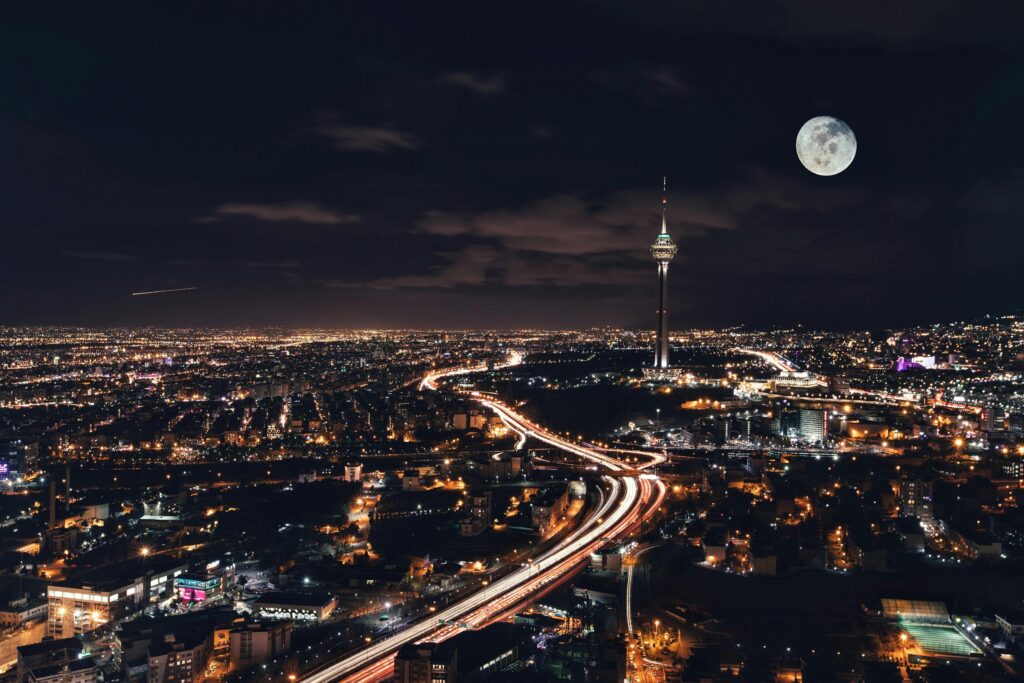The Research Center of Iran regime’s Parliament recently reported a decline in economic growth in the summer of 2024 compared to the spring, raising concerns about the effectiveness of the 14th government’s economic policies.
According to the report, Iran’s monthly economic growth in September 2024 was only 1.9% compared to the same period last year, and when excluding the oil sector, growth drops further to 1.6%. These figures represent a significant decrease from the 3.2% growth rate recorded in spring 2024 (2.5% without oil), highlighting the mounting challenges facing the administration.
A closer analysis of the report shows that the services sector contributed the most to growth in September, adding 0.89%, followed by agriculture at 0.65% and oil and gas at 0.36%. In contrast, the industries and mines sector recorded a negative growth rate of -0.04%, with factors such as power outages, reduced investment in construction, and declining sales of construction materials driving this contraction.
Contradictory Growth Targets
The 14th government, despite seeing a reduction in economic growth early in its tenure, is aiming for an ambitious 8% growth rate as outlined in the 7th Development Plan. However, this summer’s economic figures directly contradict the optimistic projections of the previous administration.
The 13th government had based its growth targets on an anticipated increase in capital formation, citing Central Bank statistics that reported a 6.7% rise in capital formation in 2022 after years of negative growth, with a further increase of 4.5% over the first nine months of 2023. Nonetheless, the summer’s disappointing results have underscored concerns about the reliability of these forecasts and the limitations of certain policy measures.
Regional Pressures and Economic Uncertainties
Ongoing regional tensions and the government’s commitment to supporting proxy forces in the Middle East, coupled with energy shortages and expected industrial gas rationing in autumn, heighten fears that the economy will continue to stagnate through the remainder of 2024.
Economic experts are concerned that the 2025 budget will be marked by inflationary and recessionary pressures, with a widening deficit likely to hinder productive investments. Furthermore, sanctions are limiting Iran’s reliance on oil revenues, raising questions about how the government intends to achieve its 8% growth target in this challenging environment.
Diplomatic Challenges and the FATF Impasse
The 14th government has struggled to fulfill its promises to reduce international tensions. The closure of Iran’s consulates in Germany and the stalled negotiations with Western countries reflect the difficulties the administration faces in improving diplomatic relations.
Meanwhile, the Ministry of Economy has emphasized the importance of approving bills related to the Financial Action Task Force (FATF), which are seen as crucial to financial reform but remain pending with the Expediency Council. Majid Ansari, the government’s legal deputy, has stated that the review of FATF-related legislation is underway. However, persistent uncertainties suggest that progress may remain stalled.
Structural Reforms Needed for Sustainable Growth
Economic analysts argue that achieving 8% growth will require comprehensive changes to Iran’s economic and foreign policies, including efforts to combat corruption, enhance transparency, secure property rights, reduce internal tensions, and promote global engagement.
These reforms are critical to fostering a stable financial market, improving the business environment, and attracting private investment. However, as of the first quarter of the 14th government’s tenure, there are few indications of progress in these areas, with inflationary policies continuing to create disorder in the gold and currency markets.
This instability has led to capital flight, as investors increasingly shift assets into foreign currencies, undermining productive investments. Furthermore, poor conditions in the business environment and inadequate support for the private sector remain significant obstacles to attracting new investments, exacerbating the already difficult economic situation.
Uncertain Prospects Amid Growing Economic Pressures
The worsening conditions have left many economic stakeholders concerned about the feasibility of reform. Industrial leaders and private sector participants have called for urgent changes to economic policies.
Yet, fears persist that without substantial reforms, Iran’s economic indicators will continue their downward trend, leading to further reductions in purchasing power, declining production, and rising unemployment. The drop in production and employment has deepened concerns about a potential recession, making the prospect of achieving 8% growth increasingly unrealistic.
In sum, Iran’s economic challenges appear formidable, with little evidence to suggest that current policies will lead to meaningful progress. For now, simply maintaining the status quo is likely to prove challenging, and achieving ambitious development goals remains a distant prospect.

